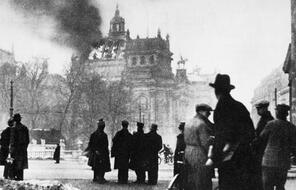
Read the text of the Enabling Act, the law many historians argue was the legal basis for Hitler’s dictatorship in Nazi Germany.
In response to the fire in its building, within a month the Reichstag passed a series of laws, including the one below, which historians refer to as the “Enabling Act.”
March 24, 1933
Law to Remove the Distress of the People and the State
The Reichstag has passed the following law, which is, with the approval of the Reichsrat [a legislative body whose members were appointed by German states], herewith promulgated, after it has been established that it meets the requirements for legislation altering the Constitution.
Article 1. National laws can be enacted by the Reich Cabinet as well as in accordance with the procedure established in the Constitution. This also applies to the laws referred to in Article 85, Paragraph 2, and in Article 87 of the Constitution.
Article 2. The national laws enacted by the Reich Cabinet may deviate from the Constitution as long as they do not affect the position of the Reichstag and the Reichsrat. The powers of the President remain undisturbed.
Article 3. The national laws enacted by the Reich Cabinet shall be prepared by the Chancellor and published in the Reichsgesetzblatt [Reich Legal Gazette]. They come into effect, unless otherwise specified, the day after their publication. Articles 68–77 of the Constitution do not apply to the laws enacted by the Reich Cabinet.
Article 4. Treaties of the Reich with foreign states which concern matters of national legislation do not require the consent of the bodies participating in legislation. The Reich Cabinet is empowered to issue the necessary provisions for the implementation of these treaties.
Article 5. This law becomes effective on the day of its publication. It becomes invalid on April 1, 1937; it also becomes invalid if the present Reich Cabinet is replaced by another.
Reich President von Hindenburg
Reich Chancellor Adolf Hitler
Reich Minister of the Interior Frick
Reich Minister for Foreign Affairs Baron von Neurath
Reich Minister of Finances Count Schwerin von Krosigk 1
Facing History & Ourselves, “Enabling Dictatorship”, last updated August 2, 2016.
Students examine the steps the Nazis took to replace democracy with dictatorship and draw conclusions about the values and institutions that make democracy possible.

Students are introduced to the enormity of the crimes committed during the Holocaust and look closely at stories of a few individuals who were targeted by Nazi brutality.
 some with Stars of David patches on their clothing." />
some with Stars of David patches on their clothing." />
Students deepen their examination of human behaviour during the Holocaust by analysing and discussing the range of choices available to individuals, groups, and nations.

Students both respond to and design Holocaust memorials as they consider the impact that memorials and monuments have on the way we think about history.

Students grapple with the meaning of justice and the purpose of trials as they learn how the Allies responded to the atrocities of Nazi Germany.

Students learn about the violent pogroms of Kristallnacht by watching a short documentary and then reflecting on eyewitness testimonies.
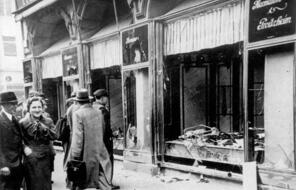
Students examine the Nazi ideology of “race and space” and the role it played in Germany’s aggression toward other nations, groups, and individuals.
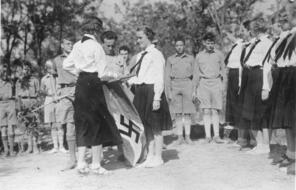
Students examine how choices made by individuals and groups contributed to the rise of the Nazi Party in the 1920s and 1930s.
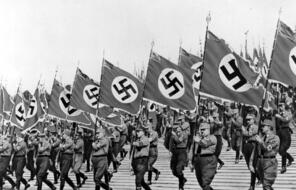
Students explore the long history of discrimination against Jews and come to understand how anti-Judaism was transformed into antisemitism in the nineteenth century.

Students reflect on the idea of democracy as they analyse the politics, economics, and culture of Germany during the period of the Weimar Republic.
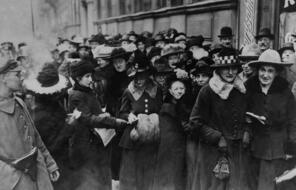
Students learn about the experiences of young people in Nazi Germany through a variety of firsthand accounts and identify the range of choices that they faced.
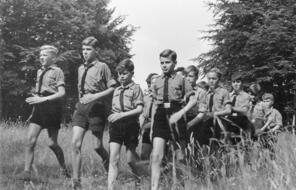
Designed for California 10th grade world history courses, this unit guides students through a study of the Holocaust and the Armenian Genocide that focuses on choices and human behavior.